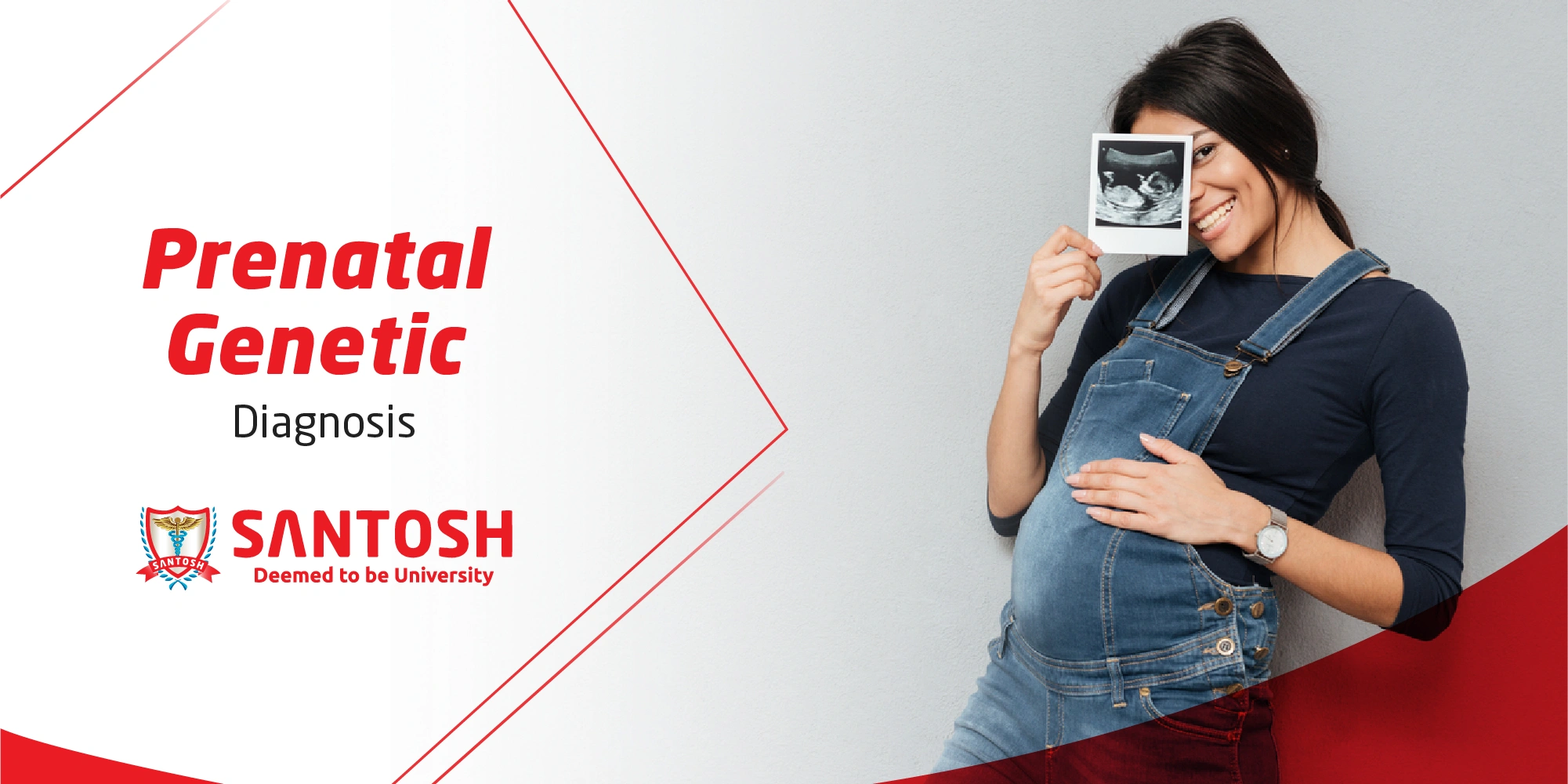
Majority (80%) of fetal deaths occur in the antepartum period. The important causes of deaths are—
Chronic fetal hypoxia (IUGR)
Maternal complications, e.g. diabetes, hypertension
Fetal congenital malformation and
Unexplained cause.
By: Admin
06 November 2020
- The primary objective of antenatal fetal assessment is to avoid fetal death.
-
Aim of antenatal fetal monitoring is to ensure satisfactory growth and well being of the fetus throughout pregnancy, to screen out the high risk factors that affect the growth of the fetus.
- Common indications for antepartum fetal monitoring includes:
- Pregnancy with obstetric complications such as IUGR, Multiple pregnancy, Polyhydramnios or Oligohydramnios, Rhesus alloimmunization.
- Pregnancy with medical complicationslike Diabetes mellitus, Hypertension, Epilepsy, Renal or Cardiac disease, Infection (Tuberculosis), SLE.
- Others: Advanced maternal age (> 35 years), previous still birth or recurrent abortion, previous birth of a baby with structural (anencephaly, spina bifida) or chromosomal (autosomal trisomy) abnormalities.
- This can be made directly from fetal tissue obtained by amniocentesis, chorion villus sampling (CVS) or by cordocentesis. Structural chromosomal abnormalities (translocations, inversions, mutations) can be detected by Fluorescence In Situ Hybridization (FISH). Chromosome specific probes can be used to detect the unknown DNA.
- Amniocentesis (genetic)- is an invasive procedure. It is performed between 14 and 16 weeks under ultrasonographic guidance. The fetal cells obtained in this procedure are subjected for cytogenetic analysis.
- Cytogenetic analysis—The desquamated fetal cells in the amniotic fluid, obtained by amniocentesis or trophoblast cells from CVS or fetal blood cells obtained by cordocentesis are cultured, G banded and examined to make a diagnosis of chromosomal anomalies, e.g. trisomy 21 (Down’s syndrome), monosomy X (Turner’s syndrome) and others.
- DNA analysis—Single gene disorders (cystic fibrosis, Tay-Sachs disease) can be diagnosed using specific DNAprobes. DNAamplification is done by polymerase chain reaction (PCR). The specific chromosomal region containing the mutated gene can be identified.
- Biochemical—Amniotic fluid AFP level is high when the fetus suffers from open neural tube defects. This is also confirmed by ultrasound scanning. The normal AFP concentration in liquor amnii at the 16th week is about 20 mg/liter. Amniotic fluid level of 17 hydroxy progesterone is raised in congenital adrenal hyperplasia. Early amniocentesis has been carried out at 12–14 weeks gestation. Amnifiltration has been used to increase the cell yield.
- Chorionic villus sampling (CVS)-. It is carried out transcervically between 10–12 weeks and transabdominally from 10 weeks to term. Diagnosis can be obtained by 24 hours, and as such, if termination is considered, it can be done in the first trimester safely. A few villi are collected from the chorion frondosum under ultrasonic guidance with the help of a long malleable polyethylene catheter introduced transcervically along the extraovular space. While it provides earlier diagnosis than amniotic fluid studies, complications like fetal loss (1–2%), oromandibular limb deformities or vaginal bleeding are higher. In such a situation, amniocentesis should be performed to confirm the diagnosis. Limb Reduction Defects (LRD) are high when CVS was performed at less than 10 weeks of gestation. CVS when performed between 10 and 12 weeks of gestation are safe and accurate as that of amniocentesis. Anti-D immunoglobulin 50 µg IM should be administered following the procedure to a Rh negative woman.
- Screening for prenatal diagnosis should be offered to all pregnancies in case need for intervention arises.Further testing is done as per gestational age depends on fetomaternal well being.
For more info,visit: https://www.santosh.ac.in/

